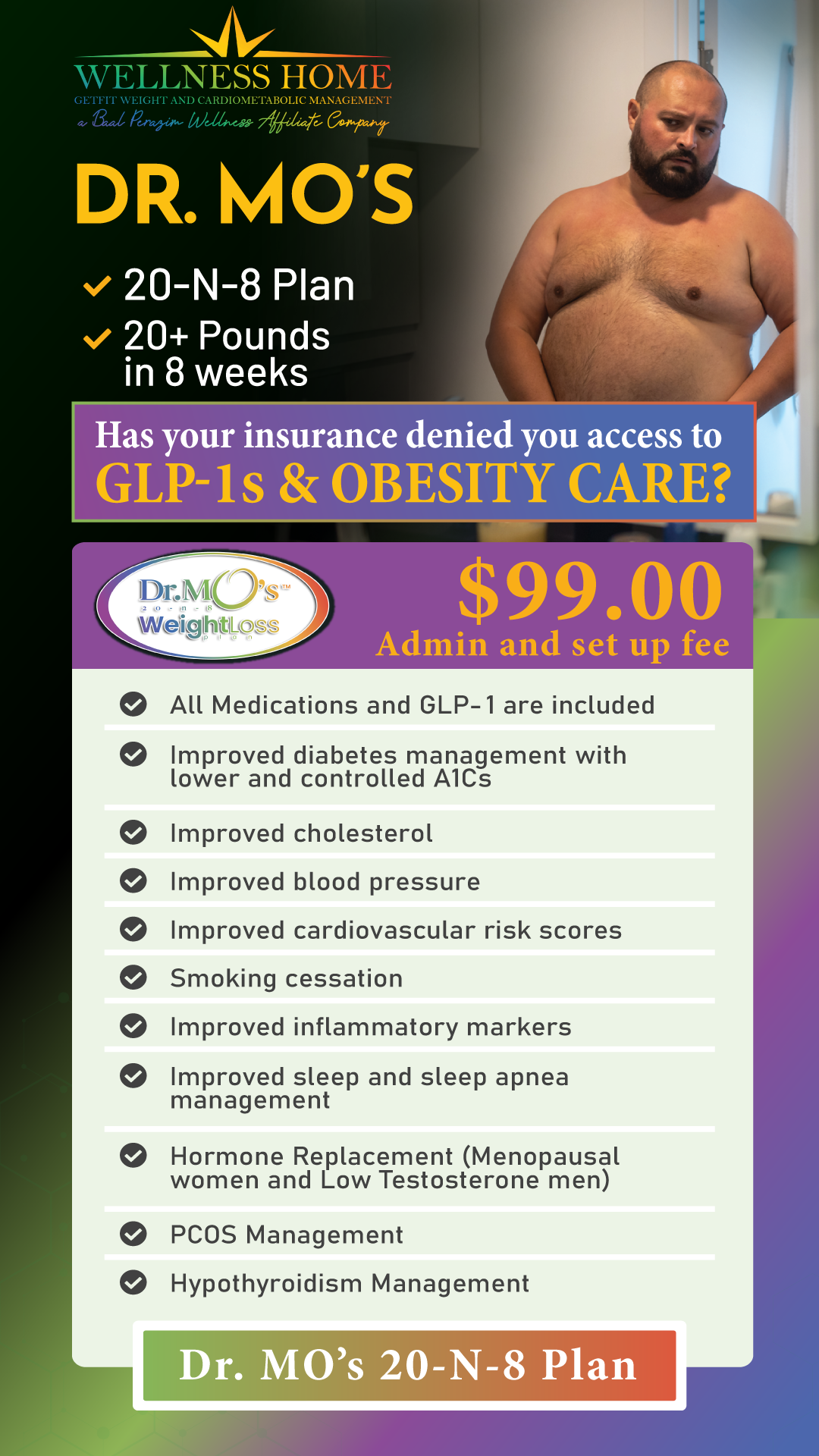
What is COVID 19?
Coronavirus disease 2019 (COVID-19), also known as COVID and the coronavirus, is a contagious disease caused by severe acute respiratory syndrome coronavirus 2 (SARS-CoV-2). The first known case was identified in Wuhan, China, in December 2019. The disease has since spread worldwide, leading to an ongoing pandemic.
COVID Symptoms
People with COVID-19 have had a wide range of symptoms reported – ranging from mild symptoms to severe illness. Symptoms may appear 2-14 days after exposure to the virus. Anyone can have mild to severe symptoms. People with these symptoms may have COVID-19:
Who should test for COVID?
A viral test checks specimens from your nose or your mouth to find out if you are currently infected with the virus that causes COVID-19. Viral tests can be performed in a laboratory, at a testing site, or at home.
The following people should get tested for COVID-19:
The following people who have been exposed to someone with COVID-19 do not need to get tested if they do not have COVID-19 symptoms:
How to get tested for COVID
What to do if you test positive for COVID
If you test positive for the virus that causes COVID-19, take the following steps to protect others regardless of your COVID-19 vaccination status: Isolate at home and isolate away from others for at least 10 days.
Talk to your healthcare provider or local health department to find out how long to isolate if you:
What if I test negative for COVID?
If you have symptoms of COVID-19:
If you do not have symptoms of COVID-19, and you were exposed to a person with COVID-19:
If you do not have symptoms of COVID-19 and do not have a known exposure to a person with COVID-19:
Vaccines:
Are Vaccines Safe? In a word, YES. Baal Perazim Wellness & Health Services follows CDC best practices regarding COVID vaccines, and has full confidence in the following statements:
"Millions of people in the United States have received COVID-19 vaccines under the most intense safety monitoring in U.S. history. CDC recommends you get a COVID-19 vaccine as soon as you can." For more details on vaccine safety, click HERE.
How Vaccines Work
To understand how COVID-19 vaccines work, it helps to first look at how our bodies fight illness. When germs, such as the virus that causes COVID-19, invade our bodies, they attack and multiply. This invasion, called an infection, is what causes illness. Our immune system uses several tools to fight infection. Blood contains red cells, which carry oxygen to tissues and organs, and white or immune cells, which fight infection. Different types of white blood cells fight infection in different ways:
The first time a person is infected with the virus that causes COVID-19, it can take several days or weeks for their body to make and use all the germ-fighting tools needed to get over the infection. After the infection, the person’s immune system remembers what it learned about how to protect the body against that disease.
The body keeps a few T-lymphocytes, called “memory cells,” that go into action quickly if the body encounters the same virus again. When the familiar antigens are detected, B-lymphocytes produce antibodies to attack them. Experts are still learning how long these memory cells protect a person against the virus that causes COVID-19.
COVID-19 vaccines help our bodies develop immunity to the virus that causes COVID-19 without us having to get the illness.
Different types of vaccines work in different ways to offer protection. But with all types of vaccines, the body is left with a supply of “memory” T-lymphocytes as well as B-lymphocytes that will remember how to fight that virus in the future.
It typically takes a few weeks after vaccination for the body to produce T-lymphocytes and B-lymphocytes. Therefore, it is possible that a person could be infected with the virus that causes COVID-19 just before or just after vaccination and then get sick because the vaccine did not have enough time to provide protection.
Sometimes after vaccination, the process of building immunity can cause symptoms, such as fever. These symptoms are normal and are signs that the body is building immunity.
Vaccines At A Glance
People 12 years and older
2 shots, Given 3 weeks (21 days) apart [ 2 ]
Fully vaccinated: 2 weeks after your second shot
People 18 years and older
2 shots, Given 4 weeks (28 days) apart [ 2 ]
Fully vaccinated: 2 weeks after your second shot
People 18 years and older
1 shot
2 weeks after your shot
To request a vaccination appointment, please click HERE to be taken to our COVID Vaccination platform.
A Note about Breakthrough Infections
While there is much to be grateful for now that several vaccines have been proven to be extremely successful in stopping the spread of COVID-19, it is important to remember that NO vaccine is 100% effective at preventing illness in vaccinated people. While more than 115 million Americans have been fully vaccinated by May 10, 2021, a small number of these fully vaccinated people will still get sick, become hospitalized, or die from COVID-19.
While current data suggest that COVID-19 vaccines authorized for use in the United States offer protection against most SARS-CoV-2 variants currently circulating in the United States, those variants will cause some vaccine breakthrough cases. It is the nature of a virus to evolve, and while the vaccination efforts have been very successful, we will see a small percentage of breakthrough infections.
That is why COVID testing is still important, even for fully vaccinated individuals. If you or your family find yourselves in any of the following situations, we recommend you continue to get tested: